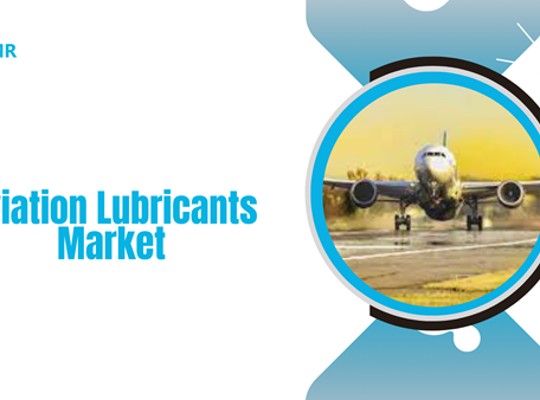The Aviation Lubricants Market is anticipated to demonstrate a steady Compound Annual Growth Rate (CAGR) of 5% from 2022 to 2032. By the end of 2021, sales had reached US$ 859.8 Million, driven by extensive applications in large commercial jets, particularly as passenger air travel resumed. By 2022, the market is projected to reach US$ 902.79 Million. Over the forecast period, the preference for semi-synthetic and synthetic oils is expected to dominate, contributing to a market value of US$ 900 Million by 2032.
Surging Air Traffic to Propel Aviation Lubricants Sales
Rising demand for air travel and cargo operations is poised to drive a significant increase in aviation lubricants demand. Statistics from the International Civil Aviation Organization (ICAO) show a rise in the number of passengers and departures on scheduled services, indicating a growing need for lubricants in aircraft maintenance. Government initiatives aimed at advancing aviation policies, such as open skies agreements and infrastructure investments, are expected to create lucrative opportunities for aviation lubricant manufacturers.
Burgeoning Airport Infrastructure Investments to Drive Market Expansion
The growing global population necessitates the development of additional airports to accommodate increased air transportation needs, thereby driving demand for aviation lubricants. Governments, particularly in developing regions, are investing heavily in airport infrastructure to cater to rising air traffic. For instance, the U.S. government’s plan to invest $25 billion in airport infrastructure will bolster demand for lubricants in the aviation sector. Similarly, India’s vision to establish 100 additional airports by 2024 will further fuel market expansion.
Challenges Faced by the Aviation Lubricants Market
Stringent emission regulations pose a challenge to market participants, necessitating the development of high-performance lubricants that meet operational standards and emission norms. Manufacturers are required to invest significant resources in developing advanced aviation lubricants to comply with these regulations.
Most Profitable Regional Market for Aviation Lubricants Manufacturers
North America is expected to lead the aviation lubricants market in 2022, followed by Asia Pacific and Europe. Factors such as low oil prices and enhanced aircraft operations reliability contribute to the expansion of the North American aviation sector. The Asia Pacific region is forecasted to grow the fastest, driven by surging air traffic and cargo operations, particularly in countries like China.
Opportunities in the U.S. and China Markets
The United States exhibits the highest demand for aviation lubricants, driven by a growing volume of air traffic. The market in the U.S. is projected to grow at a CAGR of 6.5% from 2022 to 2032. In China, government initiatives aimed at developing urbanization and industrialization are expected to boost air travel demand, thereby driving aviation lubricants sales. A CAGR of 5% is anticipated for the Chinese market.
Increasing Demand for Semi-Synthetic & Synthetic Oils
The demand for semi-synthetic and synthetic oils is expected to surpass US$ 900 Million by 2032, accounting for half of the global aviation lubricants demand. These oils offer superior lubricating properties, including improved thermal stability and extended service life, driving their adoption in the aviation industry.
Large Commercial Jets Segment to Capture Maximum Share
With the global increase in air travel, particularly in large commercial jets, the demand for high-quality aircraft maintenance, including lubricants, is on the rise. A projected CAGR of 6% is anticipated for the large commercial jets segment until 2032, driven by concerns regarding metal fatigue and wear & tear.
Competitive Landscape
Market leaders are focusing on capacity enhancements and global footprint expansion to capitalize on opportunities in developing economies. Collaborations and partnerships are also prevalent, with companies like Royal Dutch Shell and ExxonMobil undertaking initiatives to innovate and meet sustainability goals. Additionally, investments in eco-friendly products and services are gaining traction in the aviation lubricants market.









